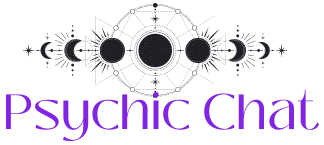Modern science is constantly searching for an answer to the mystery of consciousness, suggesting that it lies hidden somewhere in the electromagnetic interactions of the brain. But exactly how this happens remains a mystery.
A group of scientists from China suggested that there was quantum entanglement. In their paperthey explain how entangled photons in nerve cells can synchronize brain activity.
The paper, written by physicists Zefei Liu and Yong-Cong Chen and bioengineer Ping Ao of Shanghai University, comes a few months after an international team of scientists identified another quantum phenomenon in biological organisms: super radiation.
The discovery has drawn new attention to the controversial Penrose-Hameroff Orch-OR (Orchestrated Objective Reduction) theory of consciousness, which proposes that networks of protein microtubules act as a kind of quantum computer for consciousness.
The work of Chinese scientists talks about myelin, a sheath of glial cells that covers the processes of neurons. The cylindrical myelin cavities are suitable for amplifying the infrared photons that neurons generate.
As a result, pairs of entangled photons are periodically produced from carbon-hydrogen bonds. Their movement through ionic waves of brain biochemistry can cause correlations between processes that play a central role in the brain’s ability to synchronize activity.
However, this is only a hypothesis, which has little confirmation so far. Evidence for the influence of entangled photons on large-scale biological processes is limited to photosynthesis.
Today, official science is still far from being able to provide evidence for other processes in the brain outside of classical chemistry. And we are even further away from recognizing the brain as a quantum computer.
But perhaps it’s time to temper skepticism and at least consider the possibility of quantum phenomena in some fundamental brain functions.





